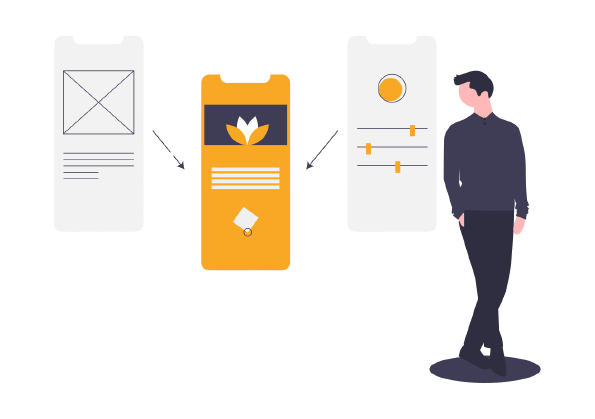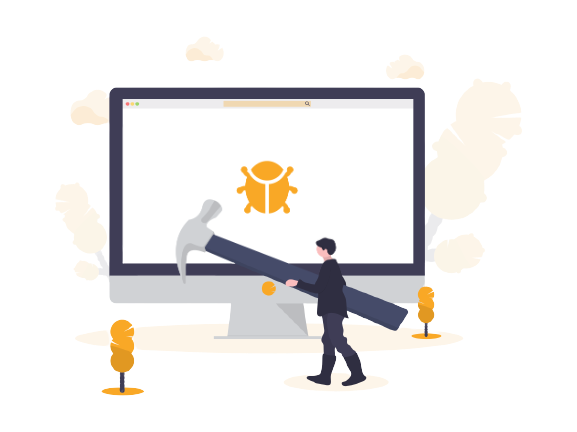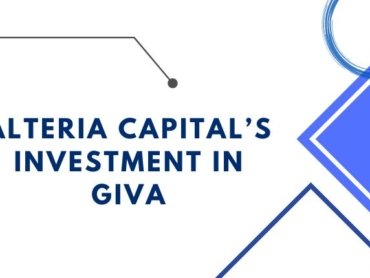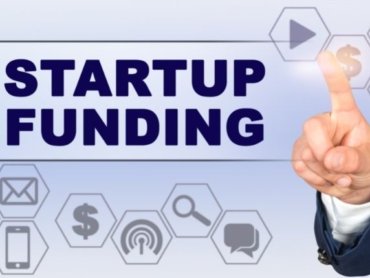Product Development Advisors
Product development advisors are professionals who provide guidance and support to businesses in the process of developing new products. They can help businesses identify market opportunities, conduct market research, and develop strategies for bringing new products to market. Product development advisors may work with businesses of all sizes, from startups to large corporations. They can help businesses create and refine product prototypes, test and validate ideas, and develop business plans for product launches.

Product Re-engineering Migration
- Product re-engineering migration is the process of redesigning or modifying an existing product in order to improve its performance, functionality, or cost effectiveness. This process typically involves analyzing the current product, identifying areas for improvement, and developing a plan for making changes to the product. This may involve updating the product’s design or components, integrating new technology, or streamlining the production process.
- Product re-engineering migration can be necessary for a variety of reasons. For example, a company may need to re-engineer a product to meet new regulatory requirements, to incorporate new features or functionality, or to make the product more competitive in the market. Re-engineering can also be necessary when a company is transitioning to a new production facility or manufacturing process.
Product Maintainance & Support
- Product maintenance and support refers to the activities that are carried out to keep a product functioning properly and to provide assistance to users when they encounter problems or have questions. This can include tasks such as repairing or replacing faulty components, providing technical support to users, and releasing updates or patches to fix bugs or improve performance.
- It is an important aspect of any product-based business, as it helps ensure that the product is functioning properly and that users are satisfied with its performance. Providing effective maintenance and support can also help reduce the number of returns or customer complaints, which can help improve a company’s reputation and customer loyalty.

Product Development Stages
1. Idea generation: This is the first stage of product development, where ideas for new products are generated and explored. This can involve brainstorming sessions. market research, and analysis of customer needs.
2. Feasibility analysis: In this stage, ideas are evaluated to determine whether they are feasible and viable. This may involve assessing the potential market demand for the product, conducting a cost-benefit analysis, and identifying any technical or logistical challenges that may need to be addressed,
3. Product design: In this stage, the product is designed in detail, including its features, specifications, and appearance. This may involve creating prototypes or mock-ups and testing them to ensure that they meet the desired requirements.
4. Development: In this stage, the product is developed and produced. This may involve sourcing materials, manufacturing the product, and testing it to ensure that it meets the desired quality standards.
5. Testing and evaluation: In this stage, the product is tested and evaluated to ensure that it meets the desired performance and quality standards. This may involve conducting market research, focus groups, and other types of testing to gather feedback and identify any areas for improvement.
6. Launch: In this final stage, the product is launched to the market. This may involve marketing and promotion efforts, as well as ongoing support and maintenance to ensure that the product is successful in the market.
Need For Product Development
1. Meeting customer needs: Product development allows businesses to create products that meet the specific needs of their customers. This can help increase customer satisfaction and loyalty.
2. Staying competitive: In a dynamic and competitive market, businesses need to continuously innovate and improve their products in order to stay relevant and attract customers.
3. Generating revenue: Launching new products or improving existing ones can help businesses increase sales and revenue.
4. Expanding the business: Product development can help businesses diversify their product line and enter new markets, which can help them grow and expand their business.
5. Improving efficiency: Developing new products or improving existing ones can help businesses streamline their processes and increase efficiency, which can lead to cost savings and increased profitability.
What's the update?
Get latest Updates on latest funding rounds, government schemes, and many more....
Binny Bansal, a co-founder of Flipkart, may invest $100 million to $150 million in PhonePe
Binny Bansal, the co-founder of Flipkart, has made a strategic investment in PhonePe, a mobile payments platform. This move is expected to have a major impact ...
Plans by BYJU to raise $250 million in pre-IPO investment from Akash
BYJU is the latest Indian unicorn to make headlines, with the news of its plans to raise $250 million in pre-IPO investment from Akash Ambani. This move has be ...
Alteria Capital finances GIVA, a jewellery firm, with Rs 40 Cr in venture debt
Alteria Capital's strategic investment in GIVA, a jewellery retail company, is worth Rs 40 Cr and is set to revolutionize the jewellery retail sector in India. ...
Mintifi raises $110M in Series D, and Mitra receives funding for its early stages
The recent funding boosts to Mintifi and Mitra are indicative of the growing importance of FinTech in the global economy. As these two companies continue to de ...
Our Partners
We continuously work with industry leaders and in collaborations to provide endless supports to entrepreneurs.







